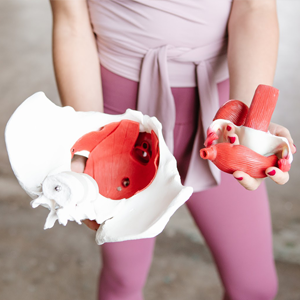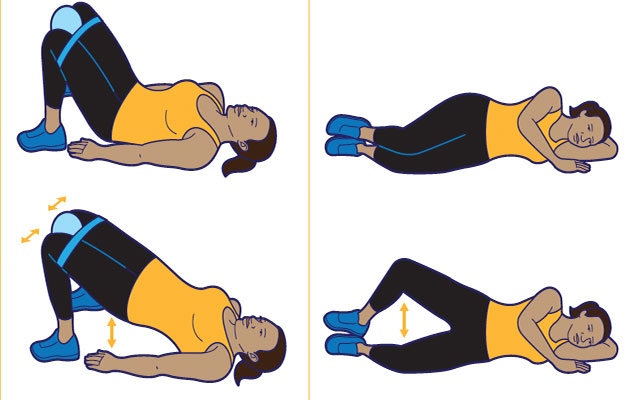How Do Pelvic Floor Muscle Exercises Reduce Overactive Bladder Symptoms?
Pelvic floor muscle exercises, also known as Kegel exercises, can help reduce the symptoms of overactive bladder by strengthening the muscles that control the bladder and urinary sphincter.
When these muscles are weak, they may not be able to properly support the bladder and control the flow of urine, leading to involuntary contractions and leakage. By doing pelvic floor muscle exercises, you can increase the strength and endurance of these muscles, which can improve bladder control and reduce leakage.
To perform pelvic floor muscle exercises, you need to identify the muscles you use to stop the flow of urine. Once you have identified these muscles, you can contract and relax them in a controlled manner. You can start by doing a few sets of 10-15 contractions each day and gradually increase the number of repetitions and sets over time.
Research has shown that pelvic floor muscle exercises can be an effective way to manage overactive bladder symptoms, especially in combination with other lifestyle changes such as reducing fluid intake, avoiding bladder irritants, and losing weight if necessary. It is recommended to consult with a healthcare professional before starting any new exercise regimen, especially if you have any underlying medical conditions.


































